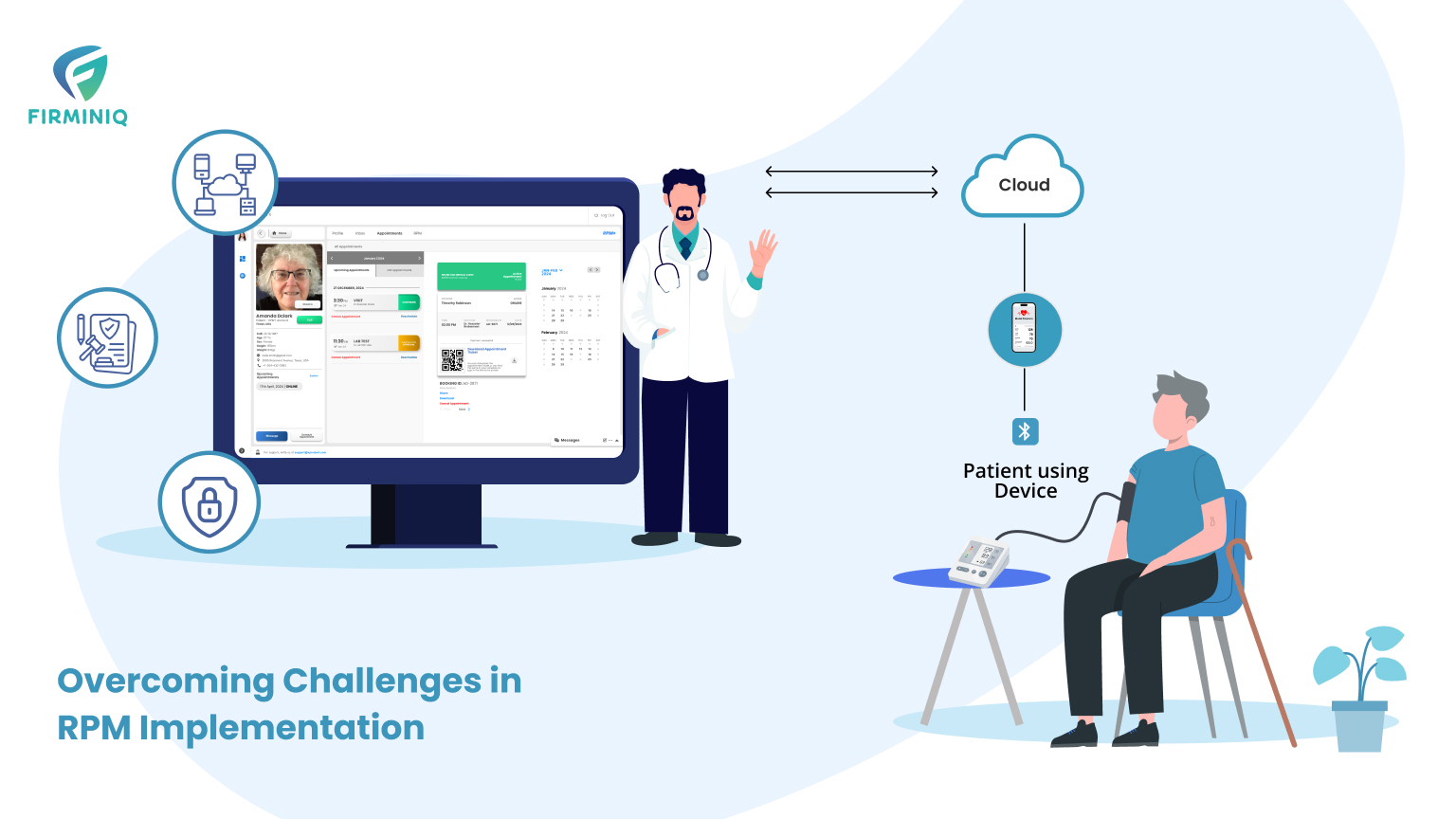Memory reconsolidation is revolutionizing the way trauma therapy is approached. This groundbreaking concept addresses how memories, especially traumatic ones, can be updated and reshaped in the brain. Traditional treatments for post-traumatic stress disorder (PTSD) and other trauma-related conditions often focus on managing symptoms. Memory reconsolidation, however, offers a mechanism to reduce or even eliminate the emotional distress linked to painful memories.
In this article, we’ll explore the science behind memory reconsolidation, how it is applied in therapy, and its potential to transform mental health care.
Understanding Memory Reconsolidation: The Science
What Is Memory Reconsolidation?
Memory reconsolidation refers to the process by which stored memories are retrieved, temporarily destabilized, and then restabilized. During this window of destabilization, the emotional charge or meaning associated with a memory can be altered.

- Neuroscience foundation: This process is based on the brain’s natural ability to update memories, making them less fixed than previously believed.
- Emotional reprocessing: By introducing new, contradictory information during the reconsolidation window, the emotional intensity of a traumatic memory can be diminished.
Why It Matters in Trauma Therapy
Trauma is often stored in the brain with intense emotional associations, making it difficult to process. Traditional approaches like cognitive behavioral therapy (CBT) focus on managing these responses, but reconsolidation offers a deeper intervention:

- Permanent change: Reconsolidation can modify the core emotional response tied to a memory, reducing distress permanently.
- Improved outcomes: Patients report reduced symptoms of anxiety, flashbacks, and avoidance after successful reconsolidation-based therapy.
Applications in Trauma Therapy
Techniques Leveraging Memory Reconsolidation
Several therapeutic methods utilize memory reconsolidation to treat trauma:
- Eye Movement Desensitization and Reprocessing (EMDR):
- Patients recall distressing memories while engaging in bilateral stimulation, such as eye movements, to reduce their emotional intensity.
- EMDR effectively targets reconsolidation by creating conditions for new, positive associations to replace old, traumatic ones.
- Emotional Coherence Therapy (ECT):
- This approach focuses on identifying and activating the emotional schema tied to trauma.
- Contradictory experiences are introduced to create a mismatch, destabilizing the memory and fostering change.
- Pharmacological Interventions:
- Drugs like propranolol, a beta-blocker, are being studied for their ability to disrupt reconsolidation of fear-based memories when administered during recall.
Case Studies and Evidence
Research supports the effectiveness of reconsolidation in therapy:
- Studies have shown that EMDR significantly reduces symptoms of PTSD compared to traditional talk therapy.
- Pilot programs using reconsolidation-focused interventions report faster recovery times for patients with complex trauma histories.
Advantages and Challenges
Benefits of Memory Reconsolidation in Therapy
- Rapid symptom relief: Patients often experience noticeable improvements after just a few sessions.
- Long-lasting effects: By altering the underlying memory, results are more durable compared to symptom management techniques.
- Broad applicability: Techniques based on reconsolidation can address a variety of conditions, including phobias, anxiety, and depression.
Obstacles in Implementation

- Complexity of trauma: Some memories may resist destabilization due to their deeply ingrained nature.
- Therapist training: Effective use of reconsolidation techniques requires specialized training and skill.
- Ethical considerations: Manipulating memories, even for therapeutic purposes, raises questions about consent and unintended consequences.
The Future of Memory Reconsolidation in Mental Health
Innovations in Treatment
As understanding of memory reconsolidation deepens, its applications are expanding:
- Virtual reality (VR): Simulated environments offer a controlled space for patients to confront and reprocess traumatic memories.
- Artificial intelligence (AI): AI-driven therapy tools are being developed to guide patients through reconsolidation protocols.
- Community-based care: Techniques are being adapted for group therapy settings, making them more accessible to underserved populations.
Expanding Research Horizons
Scientists are exploring how reconsolidation principles can be applied to:
- Addiction recovery: Addressing the emotional triggers tied to substance use memories.
- Relationship trauma: Helping individuals overcome attachment-related distress from past experiences.
Conclusion
Memory reconsolidation represents a paradigm shift in trauma therapy, offering hope for those struggling with deeply entrenched emotional wounds. By targeting the root of distress and altering the brain’s response to past events, this approach provides a pathway to lasting recovery. While challenges in implementation remain, the promise of reconsolidation is undeniable.
Have you or someone you know experienced trauma therapy? Share your thoughts and questions in the comments below. Visit our website to learn more about innovative treatments in mental health care and how they can make a difference in your journey toward healing.

Leave a Reply